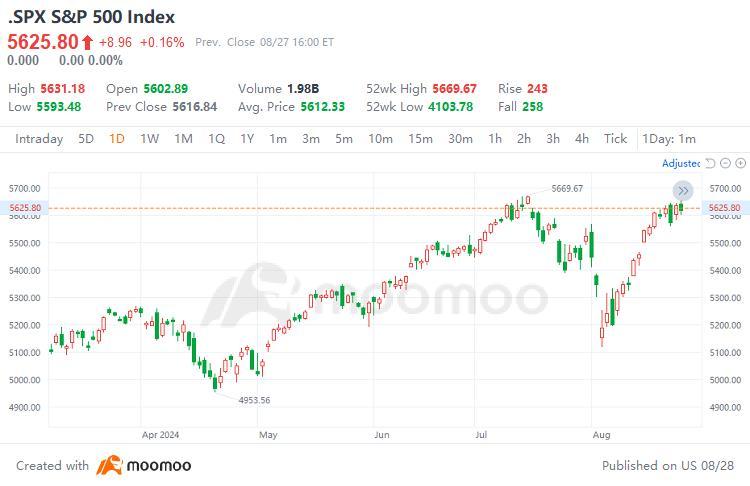The Sharp V-Shaped Rebound of the Stock Market: Insights into the Global Asset Allocation Patterns
In the world of investment, every market fluctuation tests the wisdom of investors. Recently, the sharp V-shaped rebound in the US and Japanese stock markets has garnered widespread attention. This is not just a self-correction of the market but also a focal point of global asset allocation.

I. Triggers of Market Volatility
On August 5th, the Japanese stock market experienced its second-largest single-day drop since 1987. Simultaneously, the decline in US tech stocks and the anticipation of a US recession ignited market turmoil. The appreciation of the yen and the reversal of carry trades acted as amplifiers, exacerbating this volatility.
II. Market Characteristics from Historical Review
How will the market develop after a significant drop? History provides the answer. Policy responses and the macro environment are key.
From Black Monday in 1987 to the financial crisis in 2008, and the 2011 earthquake in Japan, the timeliness and scope of policy interventions have proven crucial after each major market drop.
III. Policy Response and Fundamental Trends
Currently, high-frequency data indicate that the pressure from carry trades has eased. The quick response of the Bank of Japan and the expectation of a rate cut by the Federal Reserve in September have provided some support to the market.
In the short term, the basis for the sustained fermentation of "recession trading" expectations in overseas markets is lacking.
IV. The Possibility of a US Recession
Whether the US economy will enter a substantive recession is key to determining the future trajectory of overseas markets.
Despite the disappointing nonfarm payroll data in July, considering the resilience of the US economy, the risk of a deep recession remains controllable. In this context, the "Buy the Dip" strategy for US stocks still holds validity.
V. Tech Stocks and Market Volatility
The performance of tech stocks has a significant impact on the US stock market. The weakening economic cycle and the limited revenue from AI applications pose challenges for tech stocks to digest their valuations. If the logic behind the AI industry is weakened, it could amplify market volatility in the US stock market.
VI. Summary and Outlook
Historically, timely rate cuts by the Federal Reserve have provided a foundation for oversold rebounds in the market. Although the US may experience short-term recession trading, the risk of a deep recession in the medium term is low.
The initiation of precautionary rate cuts could stabilize and strengthen US stocks once again. Additionally, the trading environment surrounding the fourth-quarter elections may re-enter the spotlight, boosting risk appetite in the US stock market.
Disclaimer: Community is offered by Moomoo Technologies Inc. and is for educational purposes only.
Read more
Comment
Sign in to post a comment
